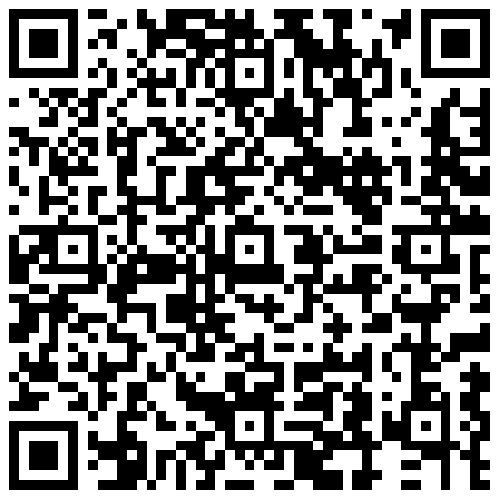Binary to Decimal Conversion
by Lily, Aug 20 2023
Binary Number System
Imagine a number system with only two digits—0 and 1. That's the binary system! It's like a secret code with a base of 2. This system represents everything, from fractions to huge numbers!
Decimal Number
Now, in the decimal system, we have a base of 10 (0 to 9). A decimal number has two parts—whole number part and decimal (fractional) part, separated by a dot. For example, 45.4 has 45 as the whole number part and 4 as the fractional part.
How to Convert Binary Number to Decimal Number?
Here's the magical method to convert binary to decimal! We'll use the multiplication method and remember MSB (Most Significant Bit) and LSB (Least Significant Bit). Bits are the binary numbers!
Let's convert 1100 into decimal. So, we have (1100)₂. Multiply each bit from MSB to LSB by reducing powers of 2:
1 × 2³ + 1 × 2² + 0 × 2¹ + 0 × 2⁰ = 8 + 4 + 0 + 0 = 12. Ta-da! The decimal equivalent is 12!
Now, let's transform 1010 binary to decimal:
1 × 2³ + 0 × 2² + 1 × 2¹ + 0 × 2⁰ = 8 + 0 + 2 + 0 = 10!
To convert binary to decimal, use the magical formula: Decimal number = nth bit × 2^(n-1).
Practice these magical conversions with examples to master the art!
Conclusion
In the binary system (base 2), we use only 0s and 1s. To convert a binary number to decimal (base 10), multiply each bit by 2 raised to the power of its position and add them up. For example, (1100)₂ in binary becomes 1 × 2³ + 1 × 2² + 0 × 2¹ + 0 × 2⁰ = 12 in decimal. Remember, it's like a magical formula: Decimal = Bit × 2^(position)!

 Successful
Successful